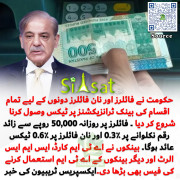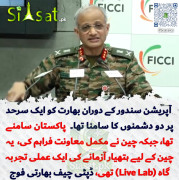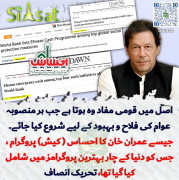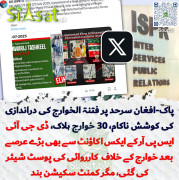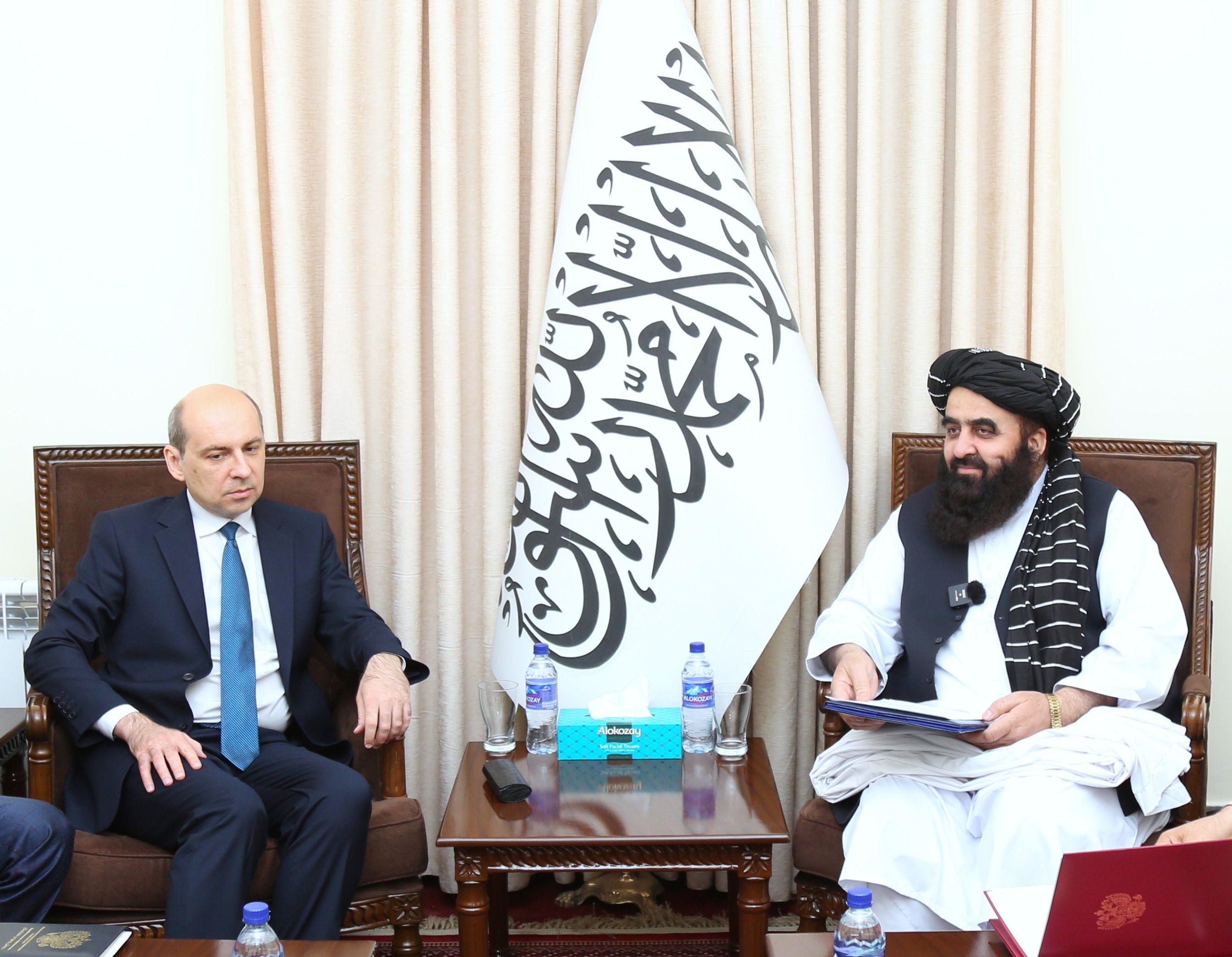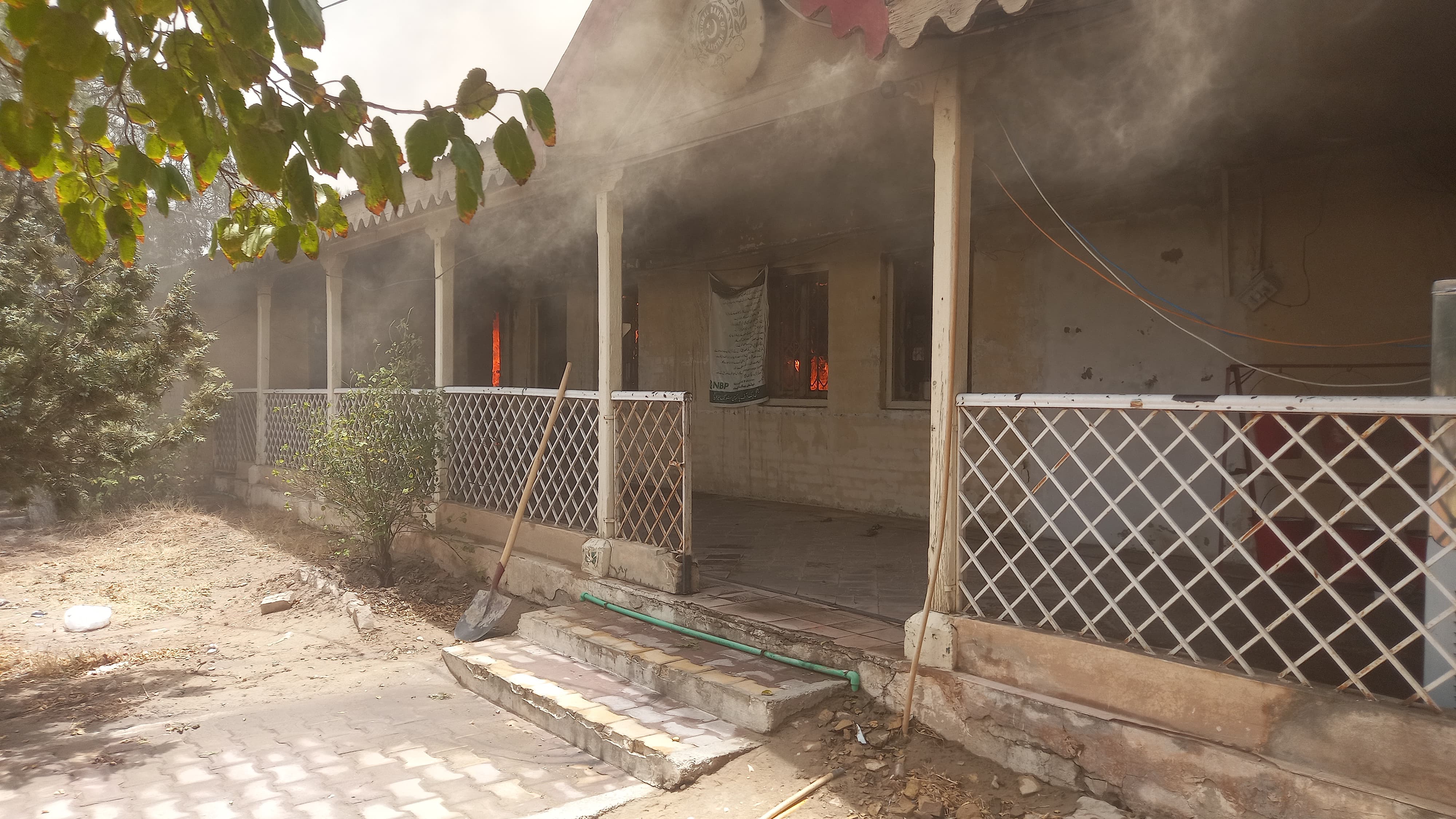RiazHaq
Senator (1k+ posts)
http://www.riazhaq.com/2016/04/does-pakistan-really-need-f-16s-to.html
Pakistan is looking to buy more F-16s from the United States. There's mounting opposition to such sales as witnessed recently when President Barack Obama recently approved the sale of just 8 F-16s to the country.
India Lobby:
This decision by the Obama administration's decision triggered the Indian spin machineto go into high gear. The campaign orchestrated by the Indian government included placement of favorable news stories, TV analysts' commentaries, newspaper columns and magazine Op-Eds (including one by Husain Haqqani), think tank reports and speeches by the members of the India Caucus in the US Congress. They all blatantly toed the Indian line that these 8 F-16s would be used against India, not in Pakistan's ongoing counter-insurgency operations. The biased nature of all of these efforts can be gauged by the following facts that were completely ignored by them:
[TABLE="class: tr-caption-container"]
[TR]
[TD="align: center"]
 [/TD]
[/TD]
[/TR]
[TR]
[TD="class: tr-caption, align: center"]Damocles Multi-Function Targeting Pod Source: Defense News[/TD]
[/TR]
[/TABLE]
1. Pakistan, like the United States elsewhere, has been using F-16s in Operation Zarb e Azb against militants hiding out in Pakistan tribal belt along the border with Afghanistan. The key reason for the choice of F-16s is its sophisticated precision targeting pod that is not available on China-Pakistan jointly developed JF-17 fighter aircraft.
2. There is a huge imbalance in the conventional defense capabilities between India and Pakistan as laid out by GlobalFirePower.com. It ranks India at number 4 in the world while Pakistan is way down at number 17 in 2016. India's defense spending of $51.1 billion is higher than the defense budgets of much richer nations like France ($50.9 billion), Germany ($47 billion) and Japan ($46 billion), and about 6 times higher than Pakistan's $9 billion, according to SIPRI as reported by the media.
3. India is world's largest importer of sophisticated weapons, including fighter aircraft, according to Stockholm International Peace Research Institute (SIPRI). Here's what it says about the import of weapons between 2011 and 2015: India (14 per cent of global arms imports), China (4.7 per cent), Australia (3.6 per cent), Pakistan (3.3 per cent), Viet Nam (2.9 per cent) and South Korea (2.6 per cent).
I did not see a single piece in the US media supporting Pakistani position in this battle. It was completely one-sided. They succeeded in forcing a US Senate vote to block the sale. Luckily for Pakistan, Obama administration barely succeeded in overcoming this Indian campaign to do something as trivial as selling just a few F-16s to Pakistan this time.
Precision Targeting Pod:
PAF currently relies heavily on a fleet of about 70 US-made Lockheed Martin F-16s with its Sniper Targeting Pods, which are solely capable of carrying out precision targeting to hit militants while minimizing civilian deaths. However, Pakistan's continuous use of F-16s for precision targeting in FATA is reducing their effective lives as air to air combat aircraft.
The latest version of precision targeting pod being used with F-16s is Sniper XR. In addition Northrup Grumman also supplies an Israeli designed LITENING Pod to some of its customers.
While Pakistan is still pursuing purchase of additional F-16s, the nation is also looking to enhance precision targeting capability of JF-17. Pakistan Air Force (PAF) is assessing the French Thales-made Damocles targeting pod for mounting on its JF-17 aircraft, according to Defense News.
Thales has a newer Talios targeting. These systems are being continuously improved with day/night targeting with FLIR sensors, CCD cameras, weapon delivery, target updates, target tracking at altitudes, air speeds and slant ranges consistent with tactical weapon delivery maneuvers.
Pakistan Air Force deputy chief Muhammad Ashfaque Arain is currently visiting France to discuss the acquisition of the Damocles pod. He has been quoted by Reuters as saying, “the Damocles is a battle- proven system and the other options are not. If we do not get the Damocles pod for example, then we will need to look for alternate options that may not be proven.”
The addition of a precision targeting pod on JF-17 will improve its mission capabilities as well as reduce the burden on F-16. Another reason why Pakistan is seeking these pods is that they are already being integrated to Russian aircraft(s) and will be produced under license in Russia. So there is a path there for JF-17 aircraft integration.
Pakistan is in the process of retiring hundreds of aging fighter aircraft in its fleet, mainly 40-year-old French-made Mirage jet and 25-year-old Chinese-made F-7s, over the next few years. Islamabad has decided to bet on the JF-17 fighter, jointly developed by China and Pakistan, rather than spending billions on fifth-generation multi-role aircraft like Dassault's Rafale, which rival India is buying, or the Russian Su-35.
India's Opposition:
If Pakistan's efforts to acquire French precision target pods make any headway, I fully expect India to mobilize opposition to any deal. India may use its purchase of additional Rafale jet as a lever to get France to end any further discussion of Damocles sale to Pakistan.
Summary:
Pakistan is currently engaged in Operation Zarb-e-Azb, the world's largest anti-terror military campaign with over 180,000 ground troops and dozens of aircraft involved in it. Pakistan's need for F-16s to fight terror is genuine, as is its desire to acquire precision targeting enhancement for JF-17s. Failure to meet Pakistan's need for precision targeting and other related equipment would hamper its ability to win the war against terror along the border between Pakistan and Afghanistan.
http://www.riazhaq.com/2016/04/does-pakistan-really-need-f-16s-to.html
Pakistan is looking to buy more F-16s from the United States. There's mounting opposition to such sales as witnessed recently when President Barack Obama recently approved the sale of just 8 F-16s to the country.
India Lobby:
This decision by the Obama administration's decision triggered the Indian spin machineto go into high gear. The campaign orchestrated by the Indian government included placement of favorable news stories, TV analysts' commentaries, newspaper columns and magazine Op-Eds (including one by Husain Haqqani), think tank reports and speeches by the members of the India Caucus in the US Congress. They all blatantly toed the Indian line that these 8 F-16s would be used against India, not in Pakistan's ongoing counter-insurgency operations. The biased nature of all of these efforts can be gauged by the following facts that were completely ignored by them:
[TABLE="class: tr-caption-container"]
[TR]
[TD="align: center"]

[/TR]
[TR]
[TD="class: tr-caption, align: center"]Damocles Multi-Function Targeting Pod Source: Defense News[/TD]
[/TR]
[/TABLE]
1. Pakistan, like the United States elsewhere, has been using F-16s in Operation Zarb e Azb against militants hiding out in Pakistan tribal belt along the border with Afghanistan. The key reason for the choice of F-16s is its sophisticated precision targeting pod that is not available on China-Pakistan jointly developed JF-17 fighter aircraft.
2. There is a huge imbalance in the conventional defense capabilities between India and Pakistan as laid out by GlobalFirePower.com. It ranks India at number 4 in the world while Pakistan is way down at number 17 in 2016. India's defense spending of $51.1 billion is higher than the defense budgets of much richer nations like France ($50.9 billion), Germany ($47 billion) and Japan ($46 billion), and about 6 times higher than Pakistan's $9 billion, according to SIPRI as reported by the media.
3. India is world's largest importer of sophisticated weapons, including fighter aircraft, according to Stockholm International Peace Research Institute (SIPRI). Here's what it says about the import of weapons between 2011 and 2015: India (14 per cent of global arms imports), China (4.7 per cent), Australia (3.6 per cent), Pakistan (3.3 per cent), Viet Nam (2.9 per cent) and South Korea (2.6 per cent).
I did not see a single piece in the US media supporting Pakistani position in this battle. It was completely one-sided. They succeeded in forcing a US Senate vote to block the sale. Luckily for Pakistan, Obama administration barely succeeded in overcoming this Indian campaign to do something as trivial as selling just a few F-16s to Pakistan this time.
Precision Targeting Pod:
PAF currently relies heavily on a fleet of about 70 US-made Lockheed Martin F-16s with its Sniper Targeting Pods, which are solely capable of carrying out precision targeting to hit militants while minimizing civilian deaths. However, Pakistan's continuous use of F-16s for precision targeting in FATA is reducing their effective lives as air to air combat aircraft.
The latest version of precision targeting pod being used with F-16s is Sniper XR. In addition Northrup Grumman also supplies an Israeli designed LITENING Pod to some of its customers.
While Pakistan is still pursuing purchase of additional F-16s, the nation is also looking to enhance precision targeting capability of JF-17. Pakistan Air Force (PAF) is assessing the French Thales-made Damocles targeting pod for mounting on its JF-17 aircraft, according to Defense News.
Thales has a newer Talios targeting. These systems are being continuously improved with day/night targeting with FLIR sensors, CCD cameras, weapon delivery, target updates, target tracking at altitudes, air speeds and slant ranges consistent with tactical weapon delivery maneuvers.
Pakistan Air Force deputy chief Muhammad Ashfaque Arain is currently visiting France to discuss the acquisition of the Damocles pod. He has been quoted by Reuters as saying, “the Damocles is a battle- proven system and the other options are not. If we do not get the Damocles pod for example, then we will need to look for alternate options that may not be proven.”
The addition of a precision targeting pod on JF-17 will improve its mission capabilities as well as reduce the burden on F-16. Another reason why Pakistan is seeking these pods is that they are already being integrated to Russian aircraft(s) and will be produced under license in Russia. So there is a path there for JF-17 aircraft integration.
Pakistan is in the process of retiring hundreds of aging fighter aircraft in its fleet, mainly 40-year-old French-made Mirage jet and 25-year-old Chinese-made F-7s, over the next few years. Islamabad has decided to bet on the JF-17 fighter, jointly developed by China and Pakistan, rather than spending billions on fifth-generation multi-role aircraft like Dassault's Rafale, which rival India is buying, or the Russian Su-35.
India's Opposition:
If Pakistan's efforts to acquire French precision target pods make any headway, I fully expect India to mobilize opposition to any deal. India may use its purchase of additional Rafale jet as a lever to get France to end any further discussion of Damocles sale to Pakistan.
Summary:
Pakistan is currently engaged in Operation Zarb-e-Azb, the world's largest anti-terror military campaign with over 180,000 ground troops and dozens of aircraft involved in it. Pakistan's need for F-16s to fight terror is genuine, as is its desire to acquire precision targeting enhancement for JF-17s. Failure to meet Pakistan's need for precision targeting and other related equipment would hamper its ability to win the war against terror along the border between Pakistan and Afghanistan.
http://www.riazhaq.com/2016/04/does-pakistan-really-need-f-16s-to.html
Last edited:




